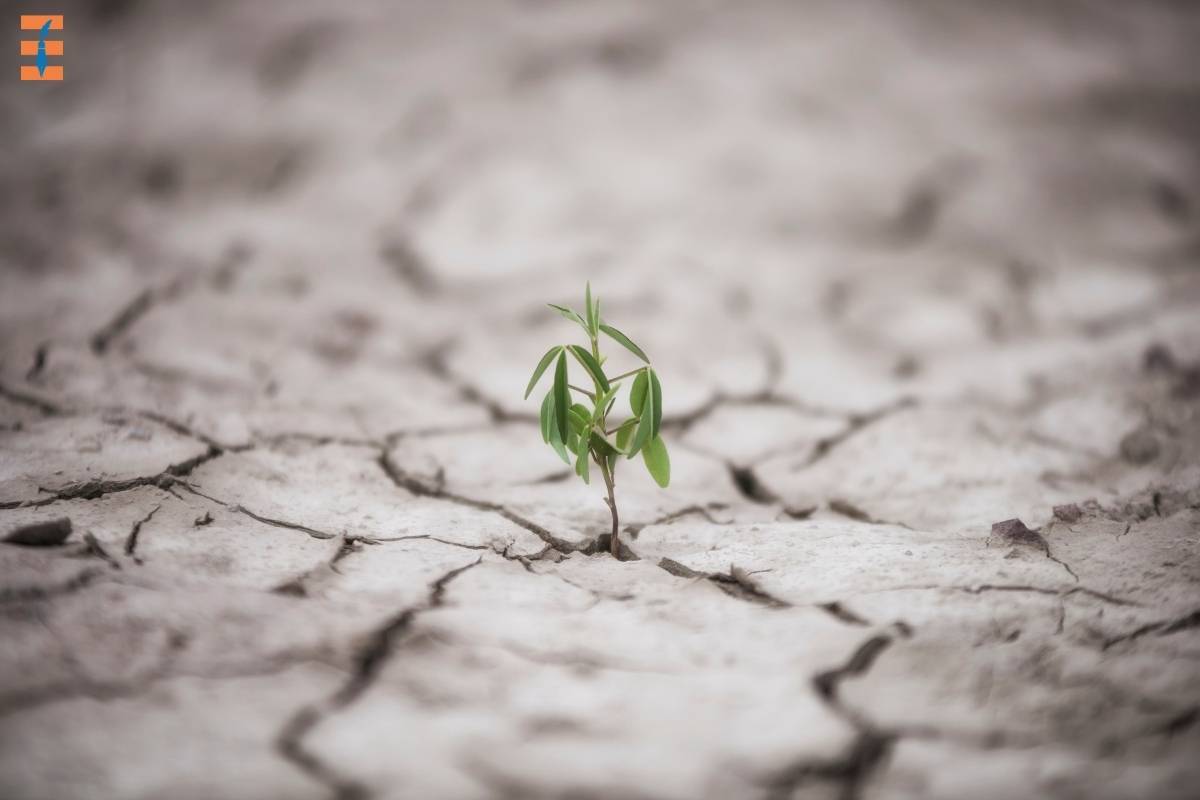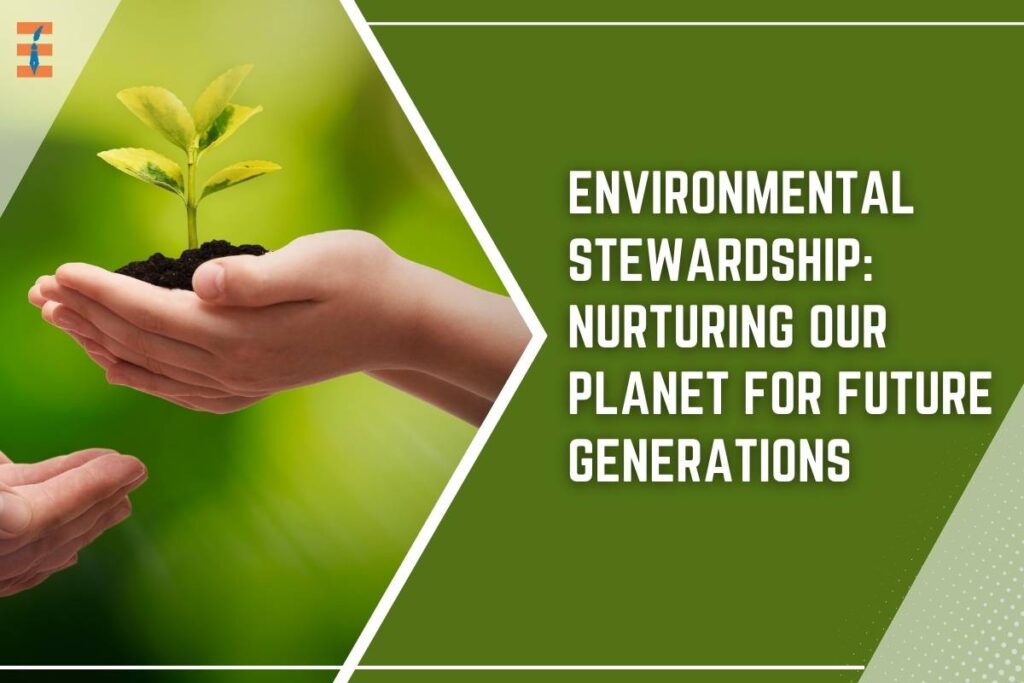In a world grappling with climate change, pollution, and biodiversity loss, the concept of environmental stewardship has emerged as a beacon of hope. It encapsulates the idea of responsible management and conservation of natural resources to ensure their sustainability for current and future generations. It calls upon individuals, communities, corporations, and governments to recognize their role as custodians of the Earth and to take proactive measures to protect and preserve our planet. This article delves into the significance of environmental stewardship, its principles, and the actions needed to foster a more sustainable future.
Understanding Environmental Stewardship: At its core, environmental stewardship embodies a deep reverence for the Earth and a commitment to safeguarding its ecosystems. It involves recognizing the interconnectedness of all living beings and the delicate balance of nature. Environmental stewards acknowledge that human activities have profound impacts on the environment and advocate for practices that minimize harm while promoting regeneration.
Principles of Environmental Stewardship:
1. Conservation
Conservation lies at the heart of environmental stewardship. It entails the responsible use of natural resources to meet present needs without compromising the ability of future generations to meet their own needs. This principle emphasizes sustainable practices such as reforestation, water conservation, and energy efficiency to ensure the longevity of ecosystems and biodiversity.
2. Restoration

Environmental stewardship extends beyond preservation to include restoration efforts aimed at repairing ecosystems that have been degraded or damaged. Restoration projects encompass activities such as habitat rehabilitation, wetland restoration, and reclamation of degraded lands. By revitalizing ecosystems, environmental stewards strive to enhance biodiversity and ecological resilience.
3. Collaboration
Effective environmental stewardship requires collaboration among diverse stakeholders, including governments, businesses, NGOs, and local communities. By fostering partnerships and collective action, environmental stewards can leverage expertise, resources, and knowledge to address complex environmental challenges collaboratively.
4. Education and Awareness
Environmental stewardship thrives on education and awareness initiatives that empower individuals to make informed choices and take positive actions for the environment. By raising awareness about environmental issues and promoting environmental literacy, stewards can inspire behavior change and cultivate a culture of sustainability.
5. Adaptation and Resilience

In a rapidly changing world, environmental stewardship necessitates adaptability and resilience. Stewards must anticipate and respond to environmental changes, including those induced by climate change, by implementing adaptive strategies and building resilience within ecosystems and communities.
Actions for Environmental Stewardship:
1. Sustainable Resource Management
Adopting sustainable practices in resource extraction, agriculture, forestry, and fisheries is essential for preserving the integrity of ecosystems and safeguarding natural resources for future generations. This includes promoting sustainable forestry practices, implementing regenerative agriculture techniques, and adopting responsible fishing methods.
2. Renewable Energy Transition
Transitioning from fossil fuels to renewable energy sources such as solar, wind, and hydroelectric power is critical for mitigating climate change and reducing environmental degradation. By investing in renewable energy infrastructure and incentivizing clean energy technologies, environmental stewards can accelerate the transition to a low-carbon economy.
3. Conservation and Restoration Initiatives
Supporting conservation efforts and restoration projects is paramount for protecting biodiversity and ecosystem health. This includes establishing protected areas, implementing habitat restoration programs, and combating deforestation and habitat loss through reforestation and afforestation initiatives.
4. Waste Reduction and Recycling

Minimizing waste generation, promoting recycling, and adopting circular economy principles are essential for reducing the environmental footprint of human activities. Environmental stewards can advocate for waste reduction policies, support initiatives to promote recycling and composting, and raise awareness about the importance of resource conservation.
5. Advocacy and Policy Engagement
Environmental stewards play a crucial role in advocating for policies that promote environmental sustainability and hold decision-makers accountable for their actions. By engaging in advocacy efforts, participating in policy debates, and mobilizing grassroots movements, stewards can influence policy decisions and drive systemic change.
Conclusion:
Environmental stewardship is not merely a duty but a moral imperative and a collective responsibility. It requires a fundamental shift in mindset, from exploitation to conservation, from indifference to action. By embracing the principles of environmental stewardship and taking concerted action to protect and preserve our planet, we can create a more sustainable and resilient future for all living beings. As stewards of the Earth, let us rise to the challenge and nurture our planet for generations to come.
Also Read: The Power of Project-Based Learning in Environmental Science Class










